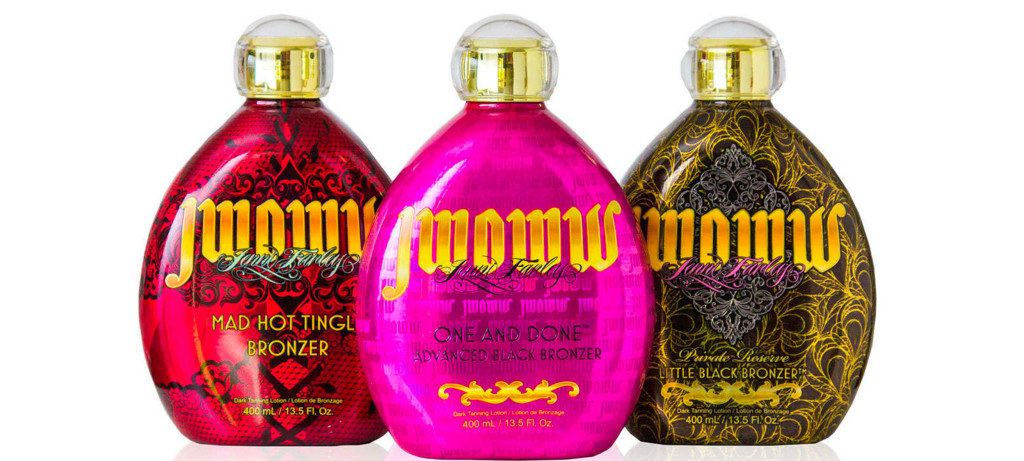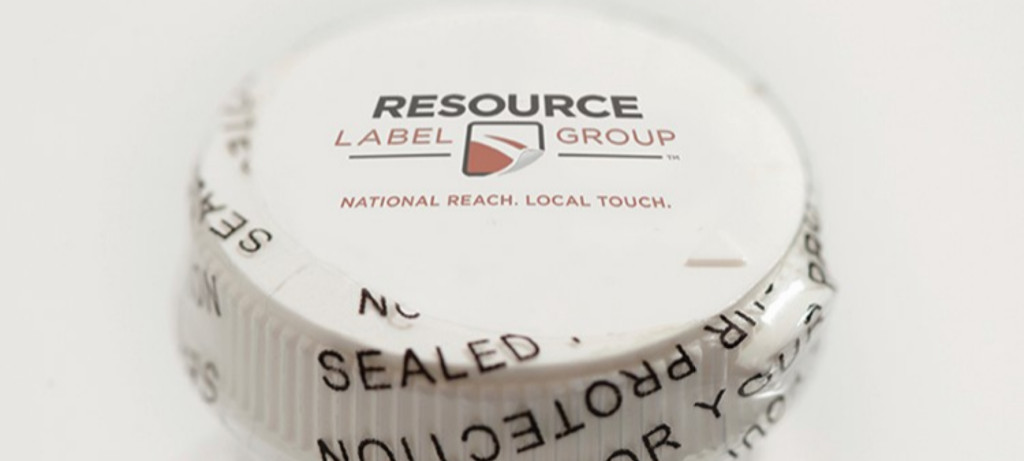Packaging procurement strategy: How to prepare for the RFI/RFQ process

At minimum, the process is an exchange of packaging procurement information. You send out the request, perhaps to fulfill a corporate requirement or in response to recent growth, and receive data points on each supplier’s printing capabilities, supply assurances and projected costs — straightforward enough.
At its best, the process lays the foundation for your next big step in packaging development. You come away not only with material estimates, but with tangible direction on sustainability strides, cost efficiencies, a more robust consumer experience — whichever matters most to your brand.
In this article, we’ll share tips to help you achieve the latter.
This isn’t about telling you how to run your procurement department or find a third-party procurement arm. Rather, this is about sharing guidance on what you can do upfront to receive an RFI that contains all necessary information and puts fresh execution concepts on your radar.
We’ll go over:
- Label information you should gather beforehand
- Thought starters for upcoming brand opportunities
- Housekeeping reminders to keep the process running smoothly
And for more guidance on packaging procurement strategy, we recommend reading this article next to continue your journey towards maximizing the value of the RFI process.
1. Gather all relevant labeling information
Before you hit “send” on that RFI, there are steps you need to complete on your end. You’re likely already checking most or all these boxes; think of this as a helpful reminder for the information you need to gather.
What you should have prepped:
- Complete inventory of products
- Correct label dimensions
- Specifications of acceptable face materials, liners and adhesives
- Number of colors
- Whether substitute materials are allowed
- Defined print process requirements
- Annual demand for the label
- Expected ordering frequency
- Labeled product samples and/or images
Why it’s important
Gathering this information beforehand isn’t simply an exercise in data collection — it’s essential to the robust and thorough RFI you expect to receive from the printer.
For example, fully defining print process requirements will have a direct effect on the projected cost. Flexographic printing typically offers the greatest value for large runs of the same label graphics, but the initial investment in plates and the setup time can drive costs up. For digital, the elimination of setup and plate costs makes digital printing competitive for small-to-midsized label orders, but its slower production speed makes flexo the better choice for longer runs. (You can read more about the digital vs. flexo debate here.)
Additionally, understanding volume and ordering frequency opens the door to ordering and cost efficiencies. The production plan (and thus your projected costs) for 6 million annual labels looks a lot different if it’s spread evenly across four quarters or spikes significantly during a particular season. And there’s potential for reducing overall costs by placing larger orders less frequently throughout the year — but your partner needs to know what your demand will look like.
Clear communications between supplier and brand are key to success. Success starts by putting all necessary data points in their hands.
2. Reflect on long-term brand goals
Putting packaging sourcing aside for a moment, ask yourself, “What else is our brand looking to accomplish in the upcoming months, quarters, years? What roadblocks are we hitting, what questions remain unanswered, what information gaps exist?”
These may not be directly tied to specific labeling problems.
But they can be addressed with labeling solutions.
It’s never too early to get the experts on a problem. By including in your packaging procurement strategy an open-ended “call for ideas” tied to your brand’s challenge, you’re in a better position to have options and perspectives at the ready. This means less time sourcing ideas, logistical details and production specs — and more time landing on the strongest iteration of your brand’s next big move.
You don’t need to ask about all of the following topics. Think of these as thought starters as you reflect on what’s coming down the pipeline and include relevant questions in your RFI.
The challenge: Lagging sales
Add to your RFI: What promotional opportunities are we overlooking?
After sharing your plans for the upcoming year, ask about other promotional directions that make sense for your brand.
For example, a lawn and garden brand wanted to educate its customers about when to use its grass seed and other lawn care products. We incorporated NFC labels at the store display level so customers can opt into regular, educational notifications — and keep this collection of lawn care products top-of-mind for their next trip to the home improvement store.
Get more inspiration on promotions you could run for your product.
The challenge: Too many SKUs
Add to your RFI: How would you standardize our label sizes across SKUs?
Standardization across product lines presents a great cost-saving opportunity, not to mention a chance to tackle the inherent complexity of SKU proliferation.
Learn how we condensed 70 SKUs down to 21 SKUs for a leading manufacturer of copper electrical building wire and cable.
The challenge: Not making enough strides in sustainability
Add to your RFI: Based on our current sustainability efforts, what’s a logical next step?
To get the best insights here, it’s helpful to include context about what your green packaging initiatives look like today. Tell us about the rest of your packaging components and the sustainability story are you trying to tell with your packaging. From there, the supplier will draw on their knowledge of the materials and technology to make recommendations for the next phase of your sustainability commitment.
For example, one brand recently changed from a glass bottle to PET and wanted a more recyclable label next. Without the guidance of their partner, they wouldn’t have known which label material would best contribute to their recyclability and lightweighting efforts while still maintaining ease of use for the customer.
For more guidance on sustainable packaging options, read this article.
The challenge: Budgetary pressures on label spend
Add to your RFI: What cost efficiencies are we missing?
We’ve touched on cost efficiencies throughout this article, as cost is of course tied into annual demand, sustainability and so on. But asking your printer directly in the RFI about potential cost savings is still valuable — especially if it’s a major pressure point for your brand.
This will push them to look hard at cost reduction opportunities: Potentially leveraging alternate, lower cost materials, reducing waste based on trim and yield or evaluating different press configurations to optimize output and lower cost. Specific cost savings are project-dependent — but you have to ask first to get the conversation going.
Read more here about evaluating product label costs.
3. Follow these tips for a productive RFI process
Once again, this advice is not meant to overshadow or replace your internal procurement procedures. Rather, they’re simple reminders from our perspective as a label supplier for things you can do (or keep doing) to ensure a streamlined process for all involved parties.
- Send out the RFI/RFQ far enough in advance. It’s in your best interest to get full, robust responses — so give ample time to do it. This is especially important if you’re asking for broader recommendations on material selection, embellishments or overall packaging improvements.
- Use uniform documentation. This ensures everyone remains on a level playing field and has access to all the same information. Plus, it makes it easier to conduct your comparisons between printers.
- Aim for focused and concise questions — and watch out for duplicates. A simple but important reminder. Unclear questions can lead to unclear answers, and you don’t want suppliers wasting time with duplicates that could be spent calculating cost efficiencies or brainstorming promotional concepts.
- Make sure nothing is “lost in translation” with third-party procurement. We don’t come across this often, but it’s still something to look out for: An RFQ comes in from a company outside the brand and there’s a disconnect between the questions asked and the realities of consumer packaging and labeling. Whoever’s overseeing your RFIs, make sure they have the background and contextual information to ask the right questions, gather necessary data and facilitate an efficient process from the start.
Putting your labels out to bid soon?
You’ve been given a primer on how to hold up your end of the bargain during the RFI/RFQ process and can continue your education on packaging sourcing here.
Or if you’d prefer to walk through the process with a labeling expert, we can help with that, too.
Reach out to our team today to answer any questions you have about your upcoming label bids.
Tags:


